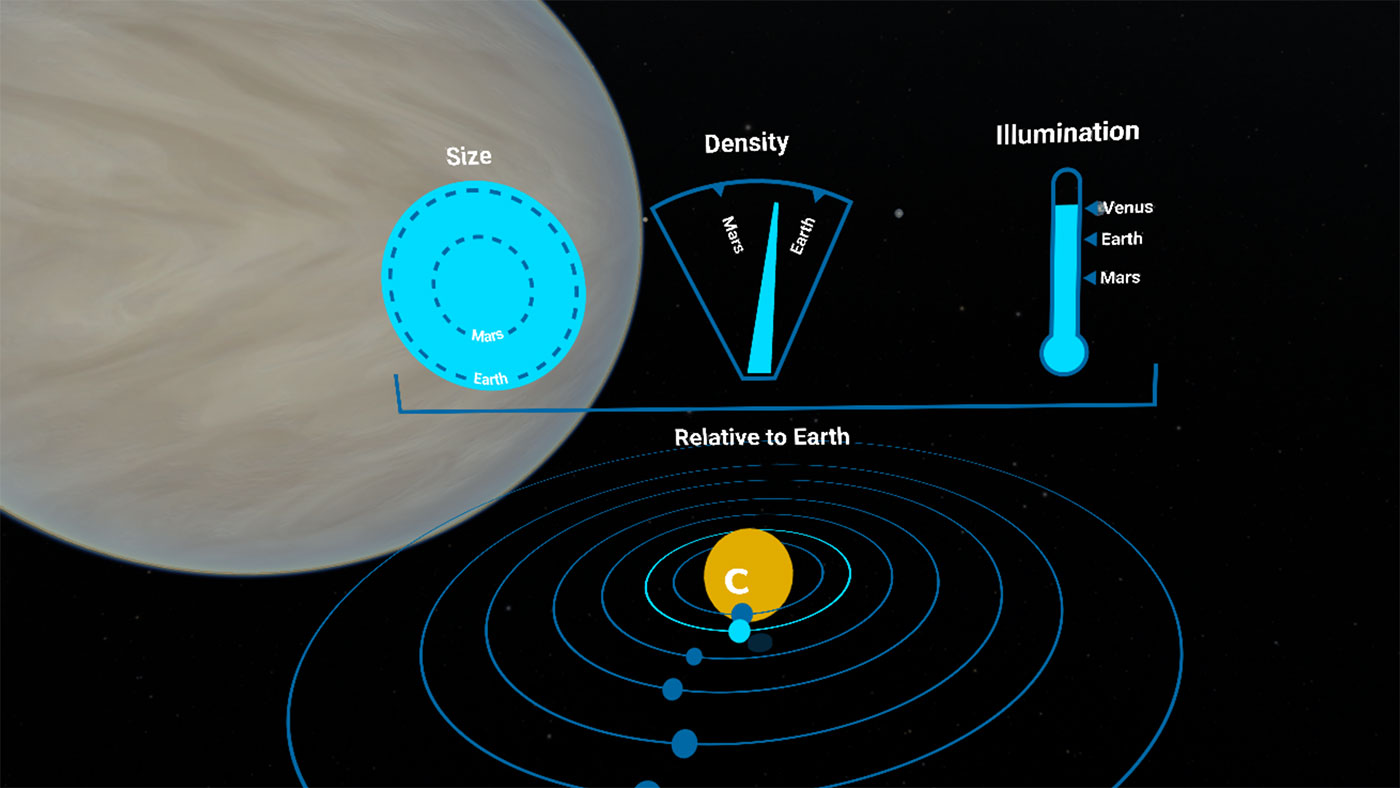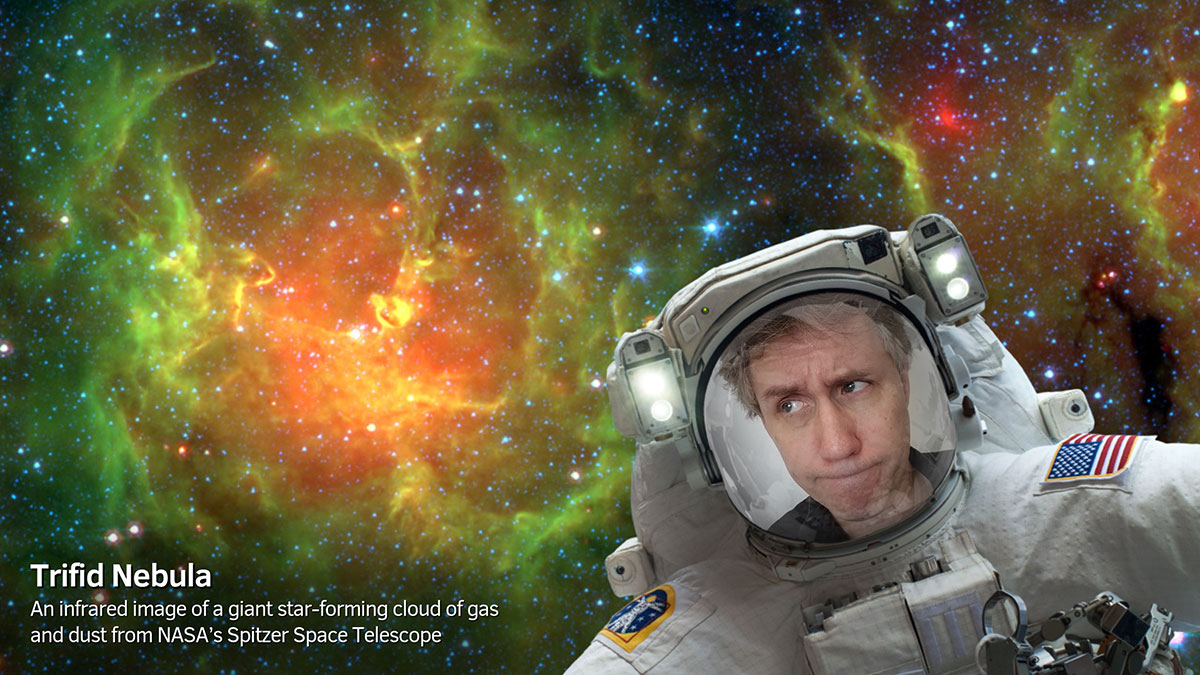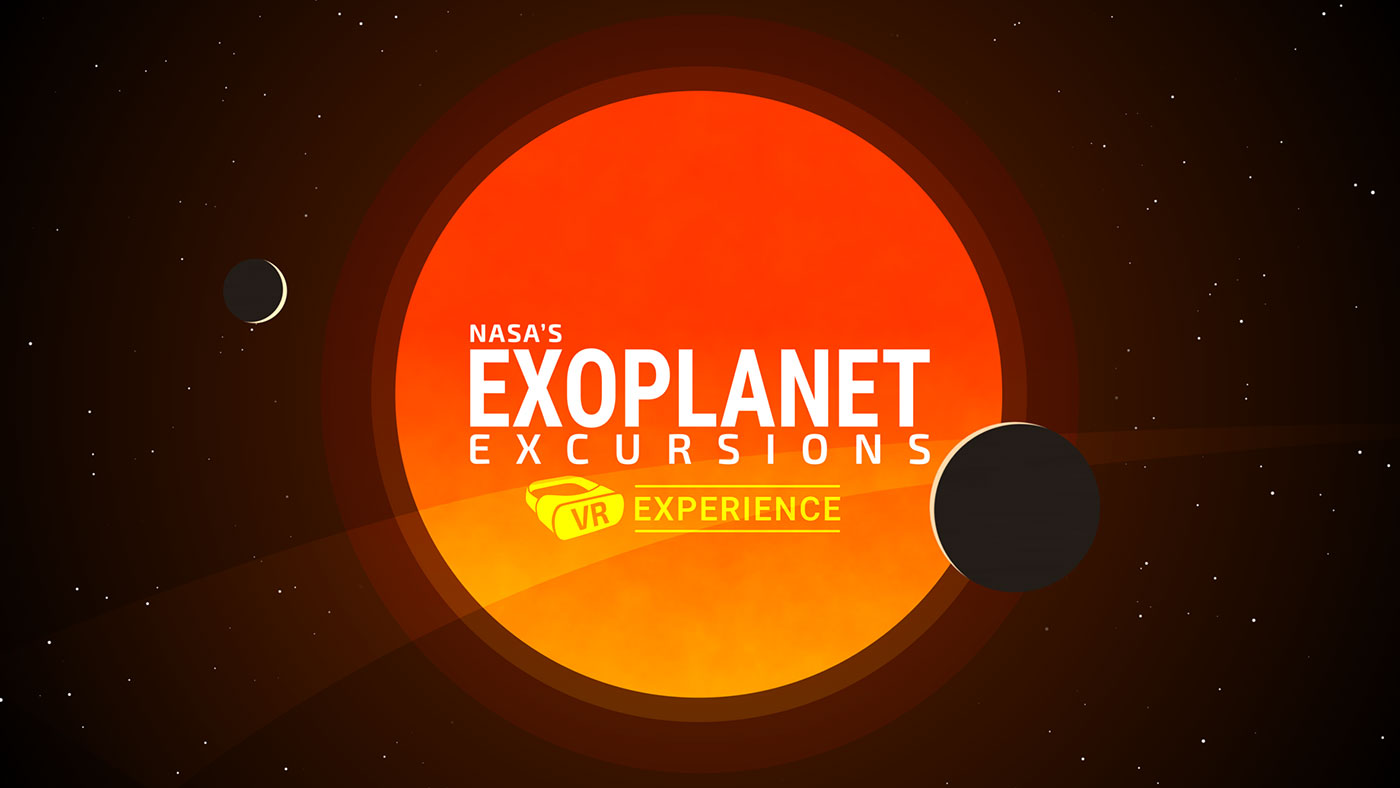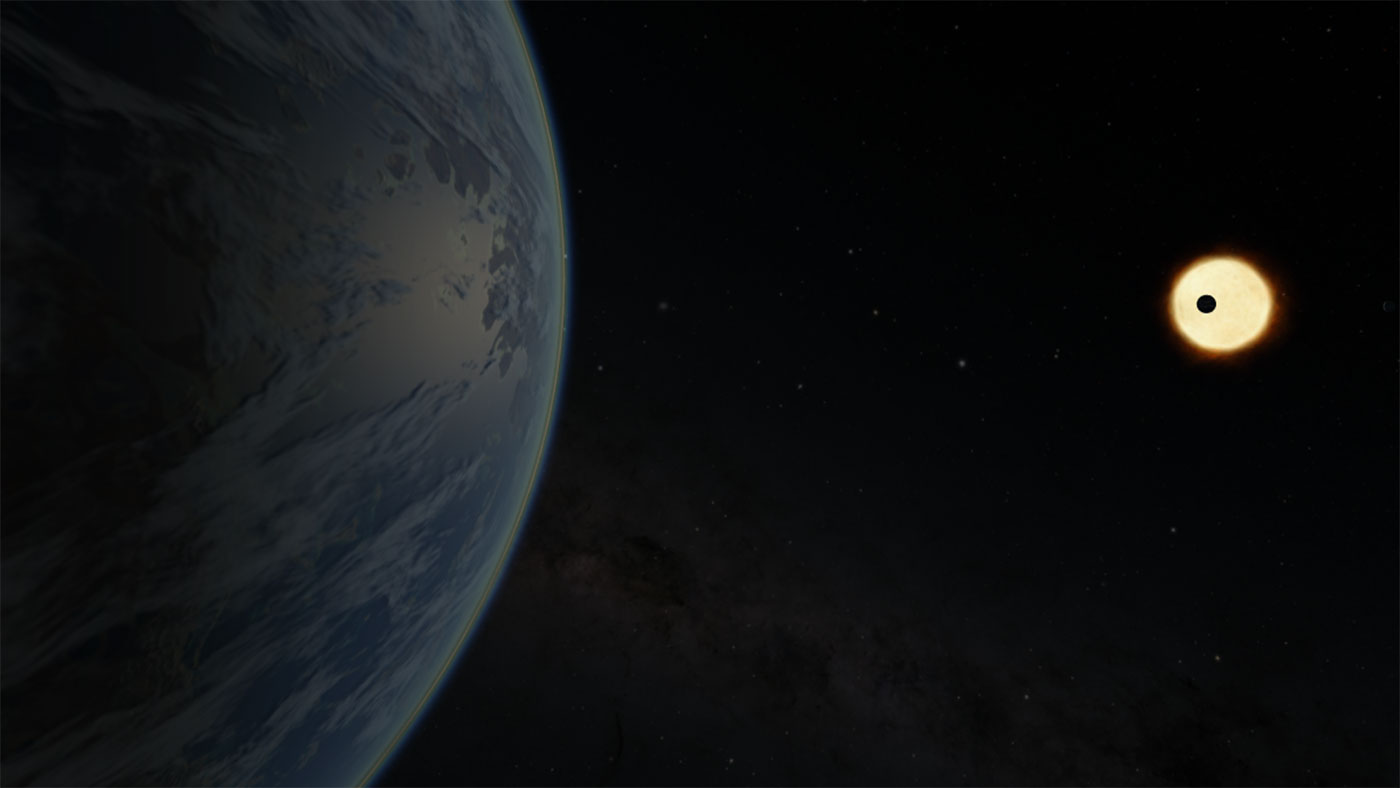The universe is at your fingertips with two new digital products from NASA.
The NASA Selfies app and NASA’s Exoplanet Excursions virtual reality app were created to celebrate the 15th anniversary of the launch of NASA’s Spitzer Space Telescope. Spitzer’s incredible discoveries and amazing images are at the center of these new products.
NASA Selfies app
The new NASA Selfies app lets you generate snapshots of yourself in a virtual spacesuit, posing in front of gorgeous cosmic locations, like the Orion Nebula or the center of the Milky Way galaxy. The simple interface means you just snap a photo of yourself, pick your background, and share on social media.
The app also provides information about the science behind these stunning images. There are currently 30 eye-catching images to choose from, all taken by Spitzer. More images from the agency’s other science and human spaceflight missions will be added in the future.
The app is available for iOS and Android.
NASA’s Exoplanet Excursions VR app
In NASA’s Exoplanet Excursions virtual reality app, VR users are taken on a guided tour of the TRAPPIST-1 planetary system.
TRAPPIST-1 is the only known exoplanet system to host seven roughly Earth-size planets. Spitzer played a major role in detecting these planets and providing information that has helped scientists learn about the planets’ likely compositions. The TRAPPIST-1 system is too far away for telescopes to directly observe these planets, but this VR experience features artists’ impressions of what the planets might look like. These impressions are based on data from Spitzer and other telescopes that have studied the TRAPPIST-1 system.

Users of the app are navigated around five of the seven planets, surrounded by the blackness of space and the faint lights of distant stars.
The VR app will be available for Oculus and Vive through the Spitzer mission website and will soon be available through the Oculus store. A 360-degree video is also be available on the Spitzer Youtube page that allows viewers to explore the virtual TRAPPIST-1 system on their desktop, smartphone or with a smartphone-based 360-viewer like Google Cardboard.
Calla Cofield
Jet Propulsion Laboratory, Pasadena, Calif.
818-393-1821
Calla.e.cofield@jpl.nasa.gov
2018-198





























